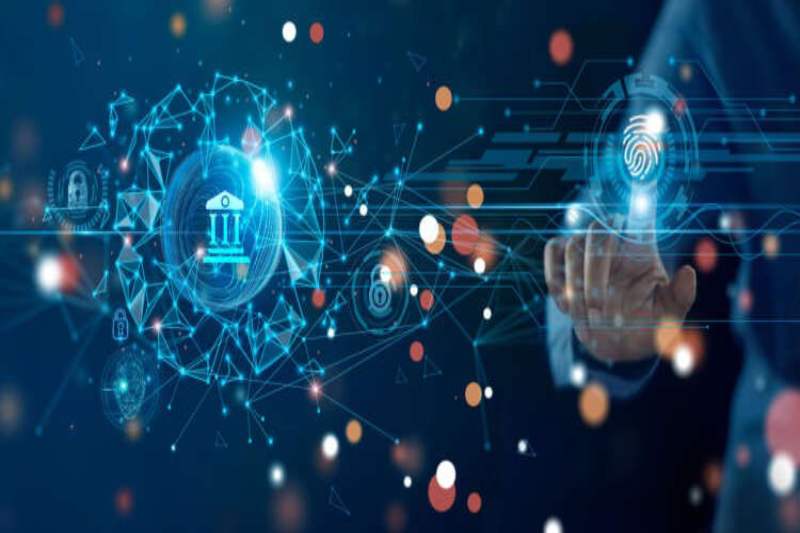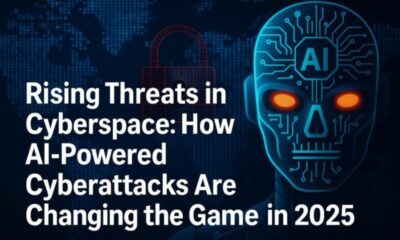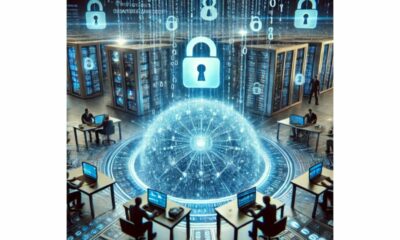Business
Five Cybersecurity Best Practices To Protect Financial Services

These are the top five cybersecurity guidelines to protect financial services from any hacks and assaults.
Ensuring strong cybersecurity measures is crucial in an era where financial transactions and services are increasingly dependent on digital platforms. With the growth of digital payment systems, online banking, and investing platforms, it is more important than ever to safeguard private financial data from online risks.
Cybersecurity safeguards must advance along with technology to prevent personal data from getting into the wrong hands. The surge in digitalization has led to a notable increase in cyberattacks and data breaches. Cybersecurity is critical in today’s finance world, since almost all information is available online. We engage in a variety of online activities across multiple websites, whether it be web browsing or sharing personal information.
We usually underestimate the significance of cybersecurity as we depend more and more on online platforms to exchange information and increase productivity. We run the danger of being the target of cyberattacks and data breaches as a result of this neglect. The following are some suggestions that you can use to protect financial services.
Advice for Preserving Financial Services:
Put Multi-Factor Authentication (MFA) into Practice:
Make it necessary for users to verify their identity via several methods, like security tokens, biometrics, and passwords. This increases security and makes it more difficult for unauthorized users to access accounts.
Update Security Software On a Regular Basis:
Make sure that all software is up to date with the most recent security patches and upgrades, including operating systems, antivirus software, and firewalls. This aids in defense against known flaws and exploits.
Teach Staff and Users:
Employees and users should receive thorough cybersecurity training that covers common dangers including malware, phishing assaults, and social engineering. Urge them to remain watchful and to report any questionable activities right away.
Employ Encryption:
To avoid unwanted access in the event of a data breach, encrypt critical data while it’s in transit and at rest. Adopt robust encryption mechanisms for database administration, file storage, and communication.
Keep an eye on network activity:
Keep an eye out for indications of questionable behavior or illegal access by routinely monitoring network traffic and user activity. Use intrusion prevention systems (IPS) and intrusion detection systems (IDS) to quickly detect and address possible threats.
-

 Sports4 weeks ago
Sports4 weeks agoFIFA Club World Cup 2025: Complete List of Qualified Teams and Groups
-

 Sports3 weeks ago
Sports3 weeks agoAl Ahly vs Inter Miami, 2025 FIFA Club World Cup – Preview, Prediction, Predicted Lineups and How to Watch
-
Health1 week ago
Back to Roots: Ayurveda Offers Natural Cure for Common Hair Woes
-
World4 weeks ago
Omar Benjelloun: Strategic Architect Behind Major Financial Deals in the MENA Region
-

 Tech2 weeks ago
Tech2 weeks agoFrom Soil to Silicon: The Rise of Agriculture AI and Drone Innovations in 2025
-

 Sports3 weeks ago
Sports3 weeks agoFIVB Men’s Volleyball Nations League 2025: Full Schedule, Fixtures, Format, Teams, Pools and How to Watch
-

 Science4 weeks ago
Science4 weeks agoEverything You Need to Know about Skywatching in June 2025: Full Moon, New Moon, Arietid Meteors, and Planetary Marvels
-

 Startup3 weeks ago
Startup3 weeks agoHow Instagram Is Driving Global Social Media Marketing Trends

























